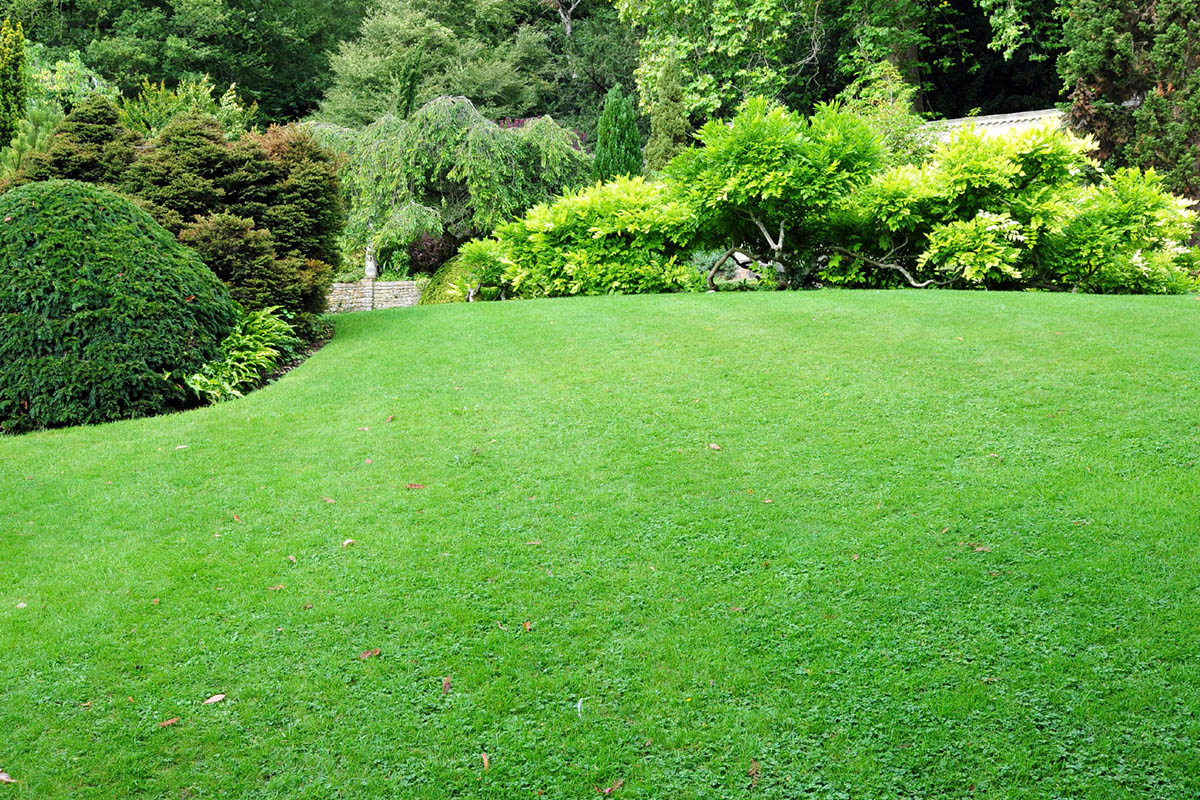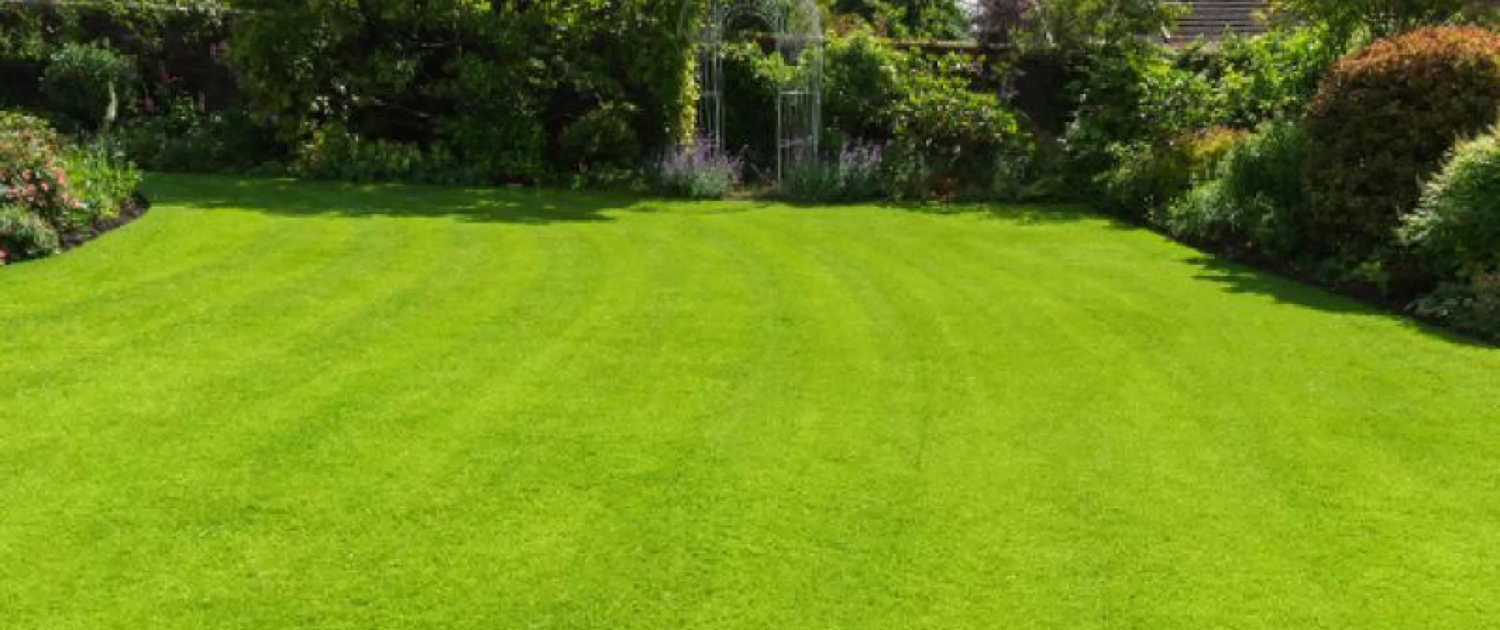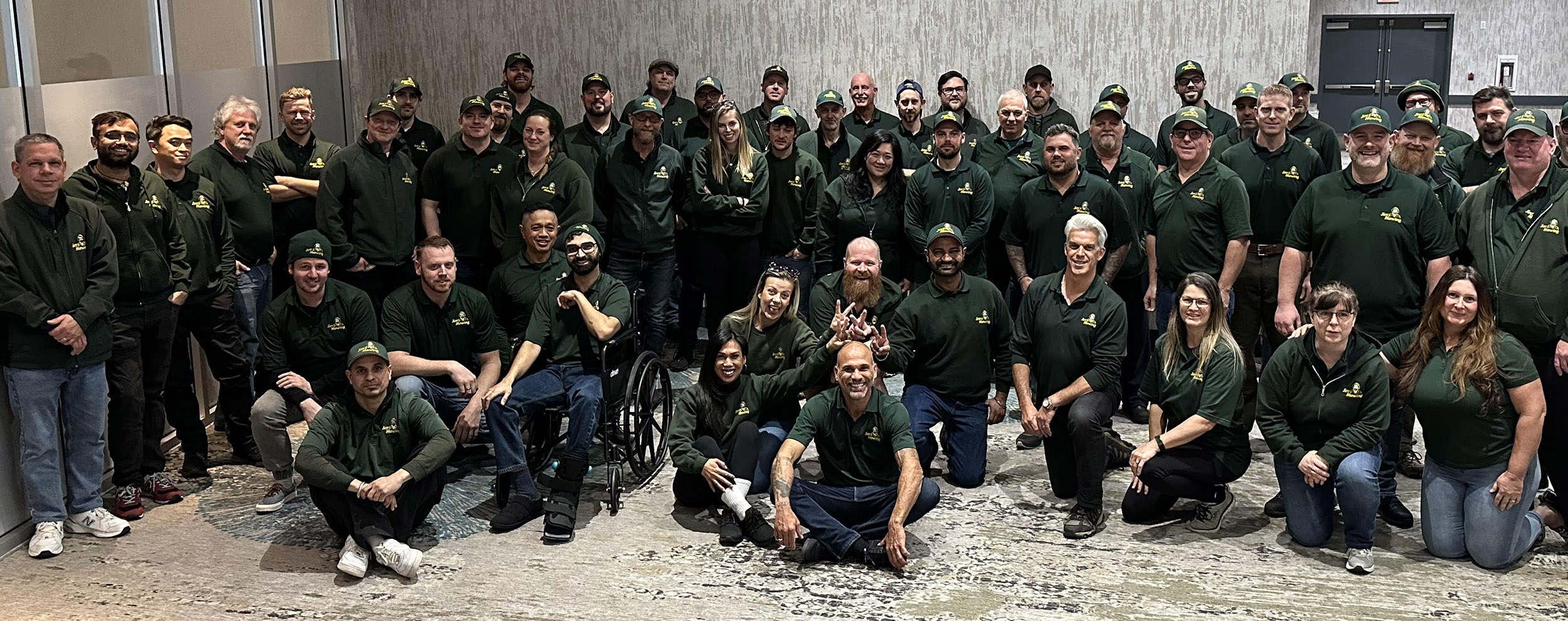
The green, grassy lawn has become a staple of gardens across the world. Our franchisees revel in the presentation of our customers’ turf, spending many hours each week mowing, fertilizing and watering it to keep it looking happy and healthy.
We looked into the history behind lawn and the reasons why we still plant it to this day.
Who first planted it?
According to The Lawn Institute, some scientists claim humans love lawns due to their resemblance of the African savannas. They state our ancestors would spend time around these plains as they allowed for us to see danger and easily stalk prey.
The word laude first came about in the Middle English era to refer to a glade or wood opening. Medieval castles in France and Britain were surrounded by grasslands, allowing guards a clear view of any approaching persons.
Later, in the 16th century, the wealthy of France and England cultivated lawn (although often these were lawns of thyme or chamomile). The 17th century saw further adoption of lawns by the wealthy. Due to the labor required to maintain these lawns, it was usually a luxury only afforded to the rich.
This all changed in the 19th century with the invention of the first lawn mower.

Advances in lawn maintenance
Advances in lawn maintenance
Lawn maintenance has come a long way since the 16th century, when servants would tend to wealthy landowners’ lawns with hand scythes.
In 1830, Edwin Beard Budding invented the first mechanical lawn mower. These were push mowers that worked through human momentum, and they allowed for more recreational areas including parks to exist, as large grass stretches could be maintained easier than ever before.
In 1921, the first motor mower called the Atco Motor Mower was launched. Within five years of its launch production had reached in the tens of thousands each year.
Advances in lawn mower technology continued throughout the 20th century. 1938 saw the production of the first power mower for the homeowner, by Toro, and the first zero-turn mower was invented by Max Swisher in 1948.
The year 2000 saw the invention of the first robotic lawn mower, and the 21st century has so far led to many advances, including the increased regulation of emissions in the hopes of creating cleaner lawn mowing practices.
Why do we plant it?
There are many benefits to having a lawn. A lawn can help to stabilise soil and reduce soil erosion. As a plant, grass also absorbs carbon dioxide and converts it into the oxygen we breath.
Much like the medieval castles of years past, lawns provide clear visibility, allowing people to keep an eye on any dangers that may present themselves in a yard. They also keep houses far away from tree roots that could find their way into underground pipes.
Lawns also offer a safe place for pets and kids to run about, and grass provides a softer alternative to concrete for play.
The humble lawn has been a people favourite for hundreds (if not thousands) of years. Even though most of us no longer rely on scoping out the grasslands to find our next meal, the benefits provided by a healthy green lawn have led it to become and remain a highly popular plant in yards around the world.
Need help mowing, fertilising and watering your lawn? Contact Jim’s Mowing at 310 – JIMS or book online now!


